-----
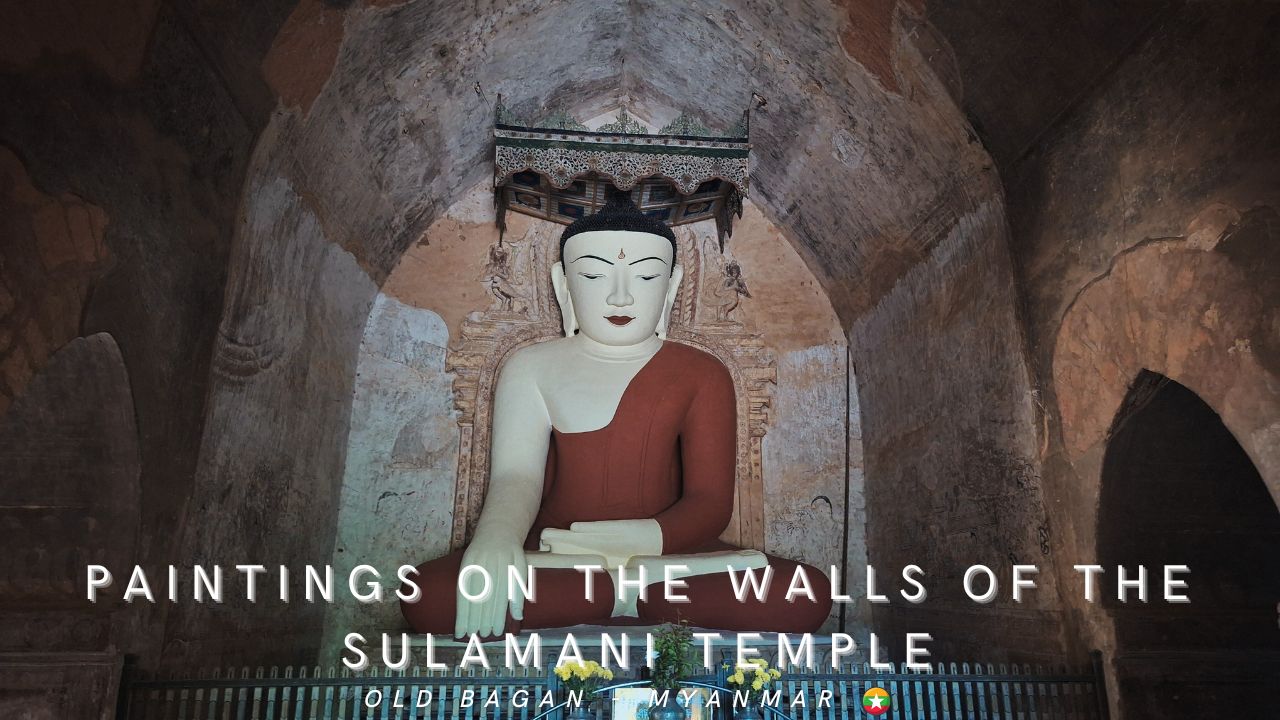
Almost every night, I turn on the TV and watch video about the secrets behind Egyptian history. They cover the reign of the Pharaohs and the story of the famous Cleopatra. Since then, I've have a dream to travel to Egypt, to see the historical traces that once shook the world.
But before that, I went to the closest place to my country, Myanmar. There's so much history, and before I can save up the money to go to Egypt, I'd like to visit. Seeing the Pagan civilization is also a dream. So, I ended up at a temple called the Sulamani Temple.
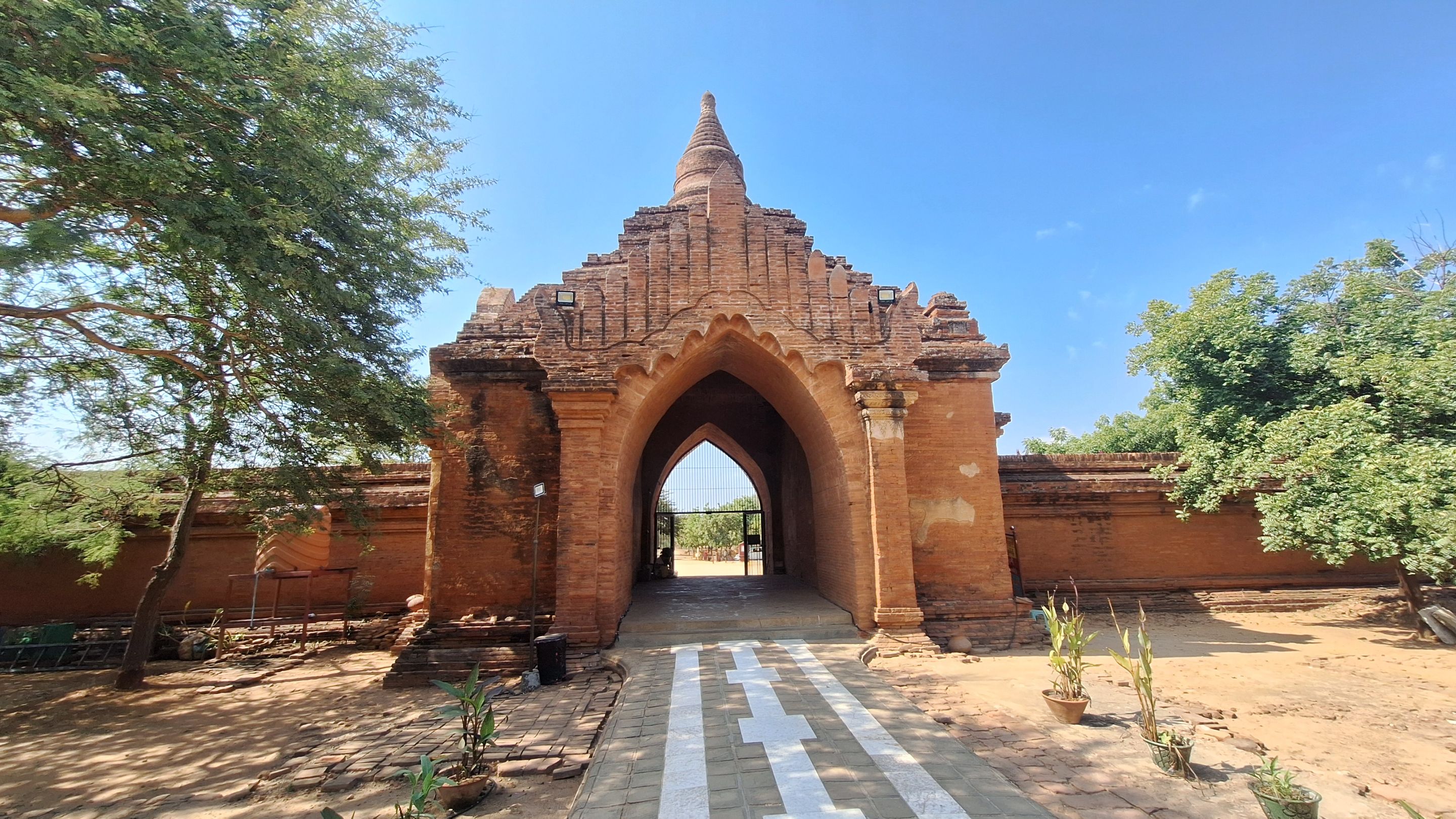
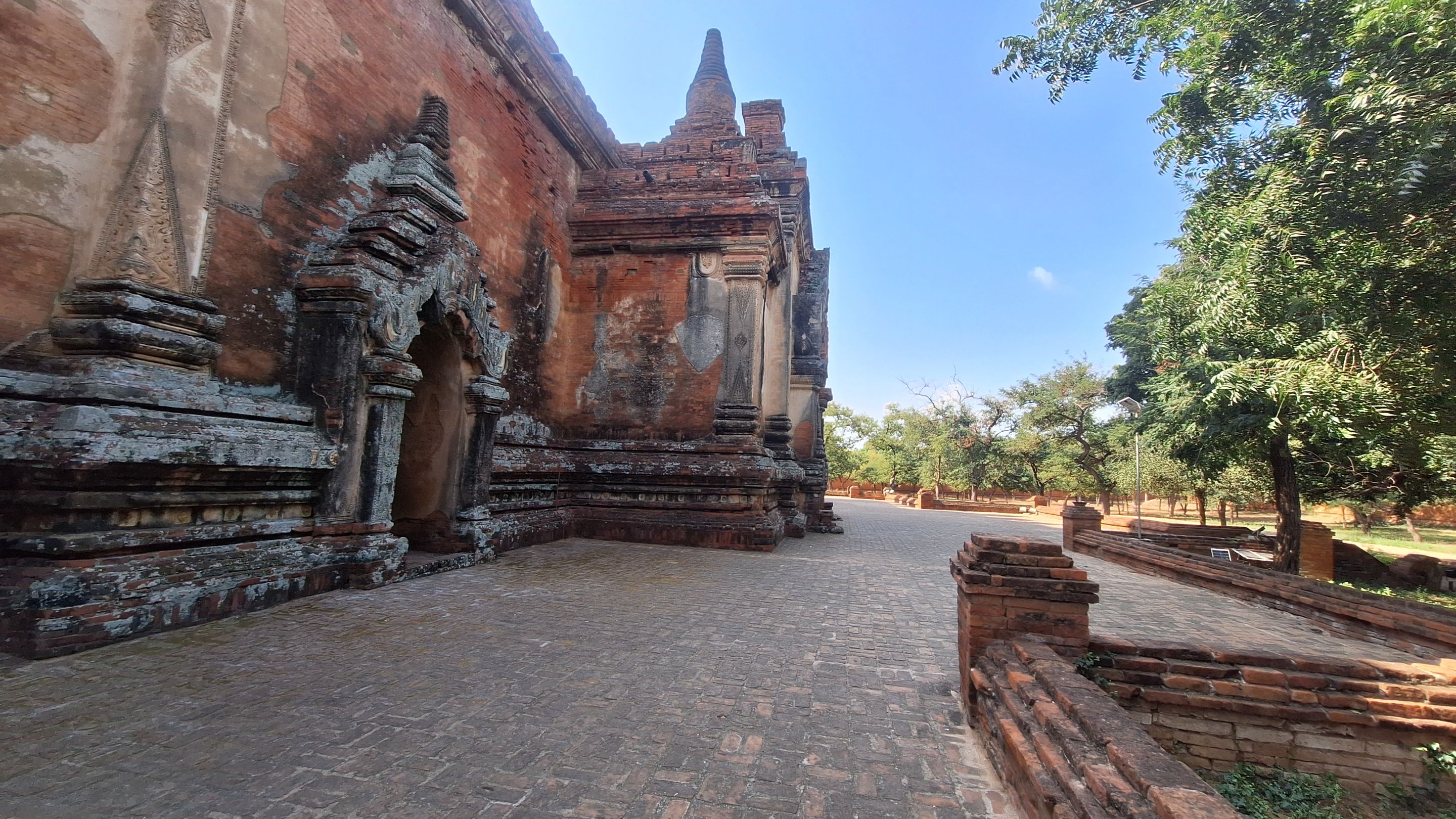
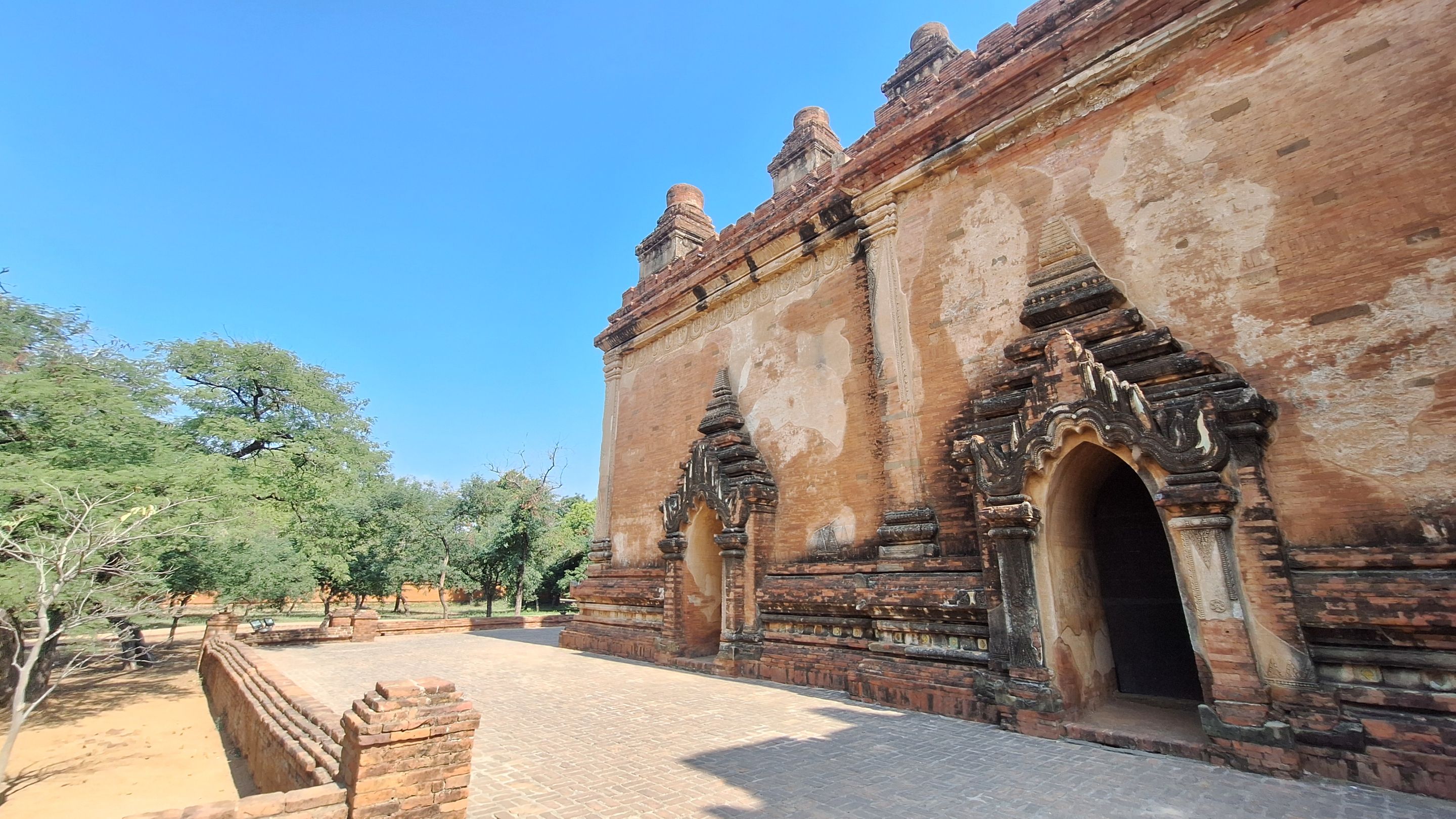
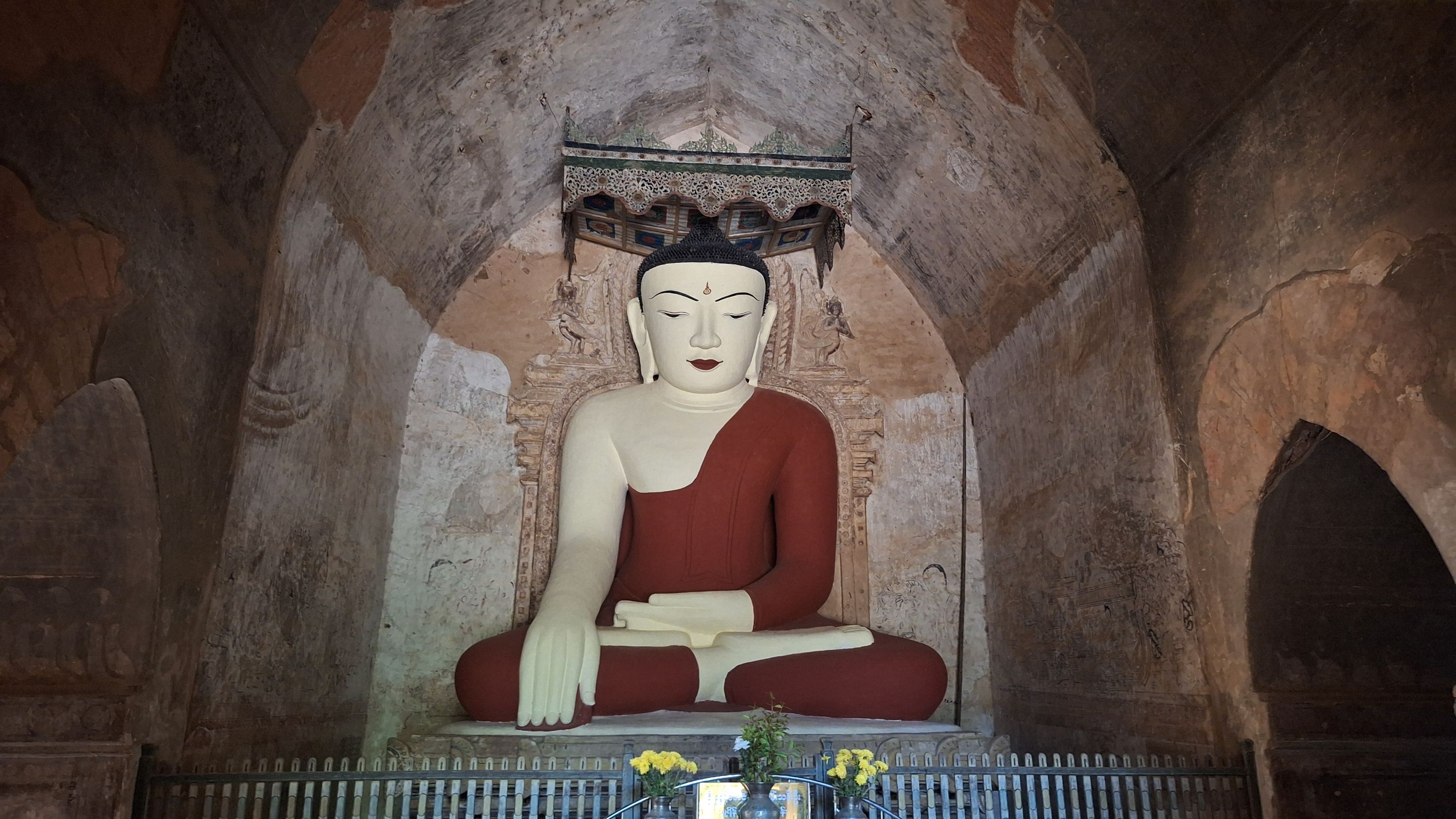
One of the temples famous for its wall paintings can be see in the Valley of the Kings in Luxor, Egypt. We can see the same thing in Old Bagan, Myanmar. Like their predecessors, they wrote and told stories on the walls, before anything could be done on paper.
The Sulamani Temple is famous for this, especially since they used the walls as canvas and the ground as a pen. The soil here is truly apt for use as a pen and paint, and if you're lucky, you might even find an original painting of Old Bagan's original soil on canvas.
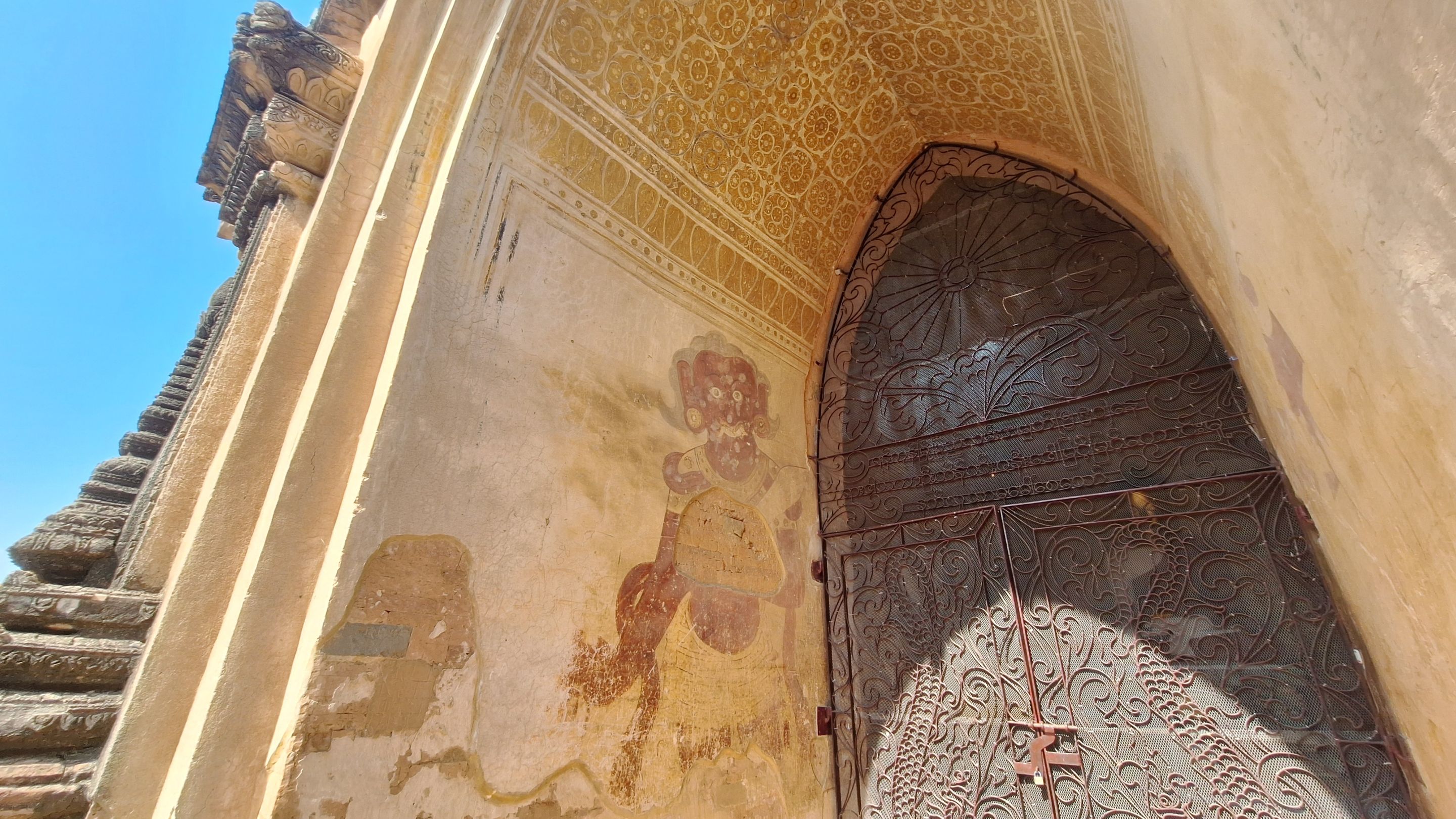
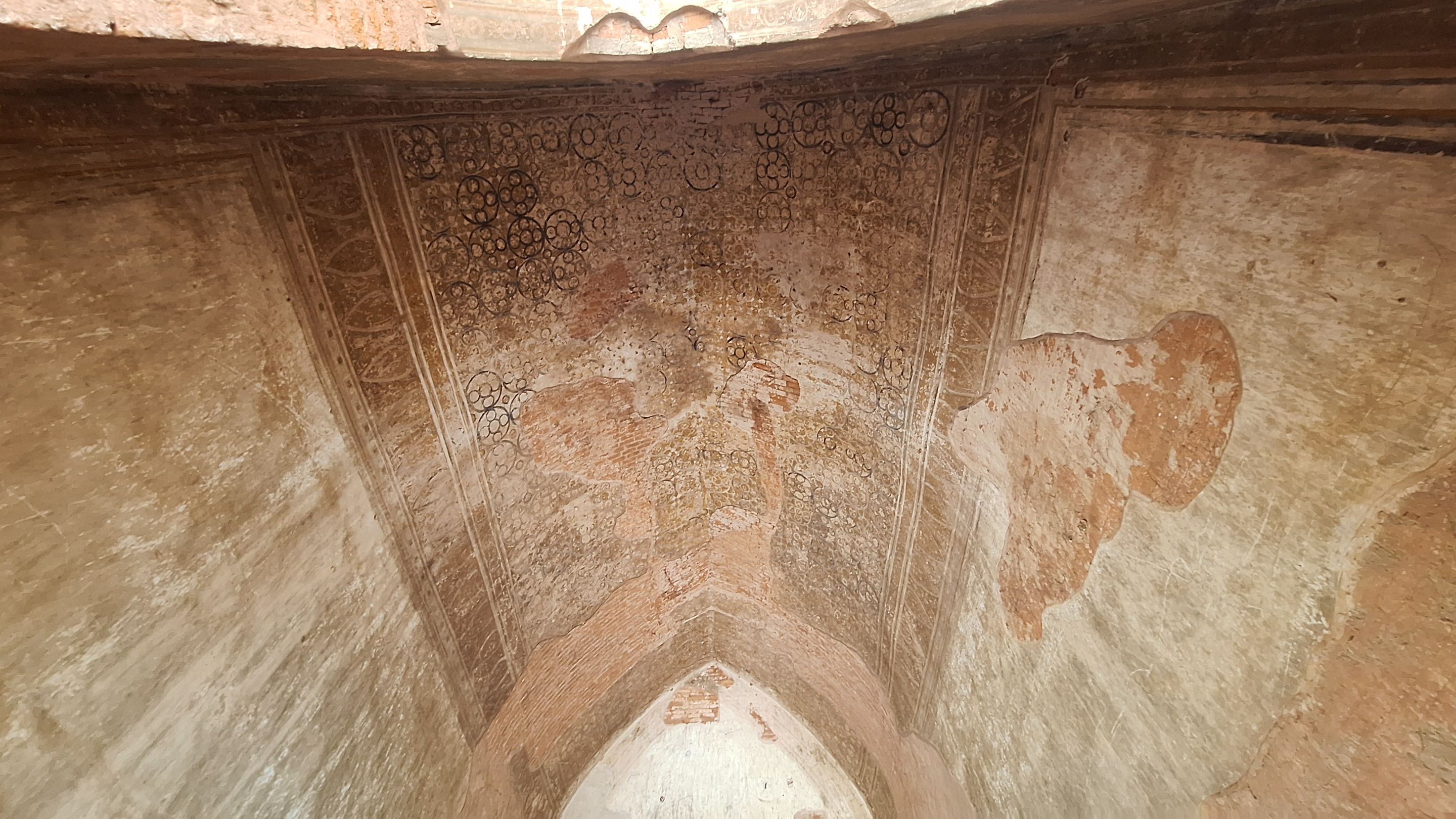
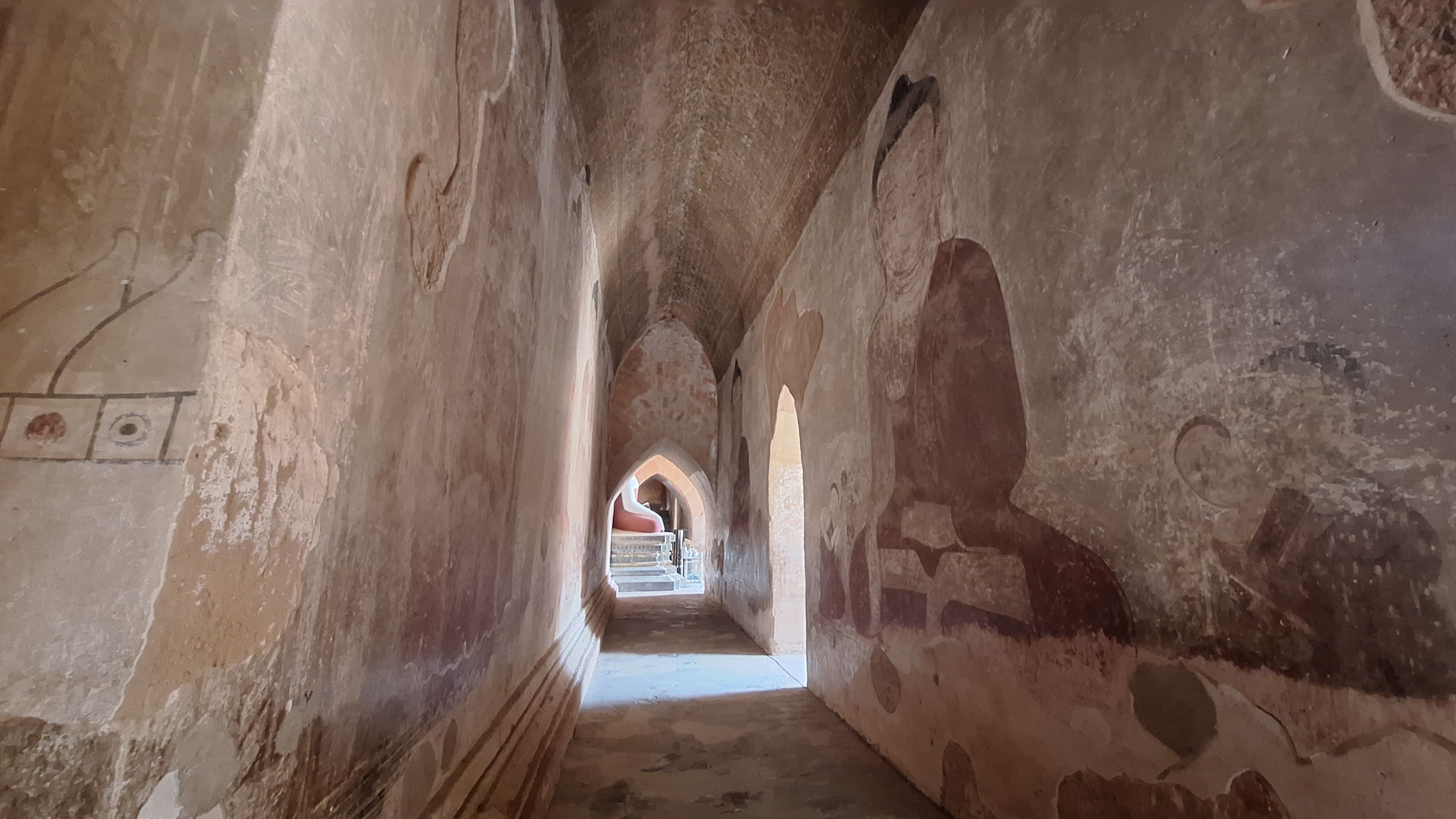
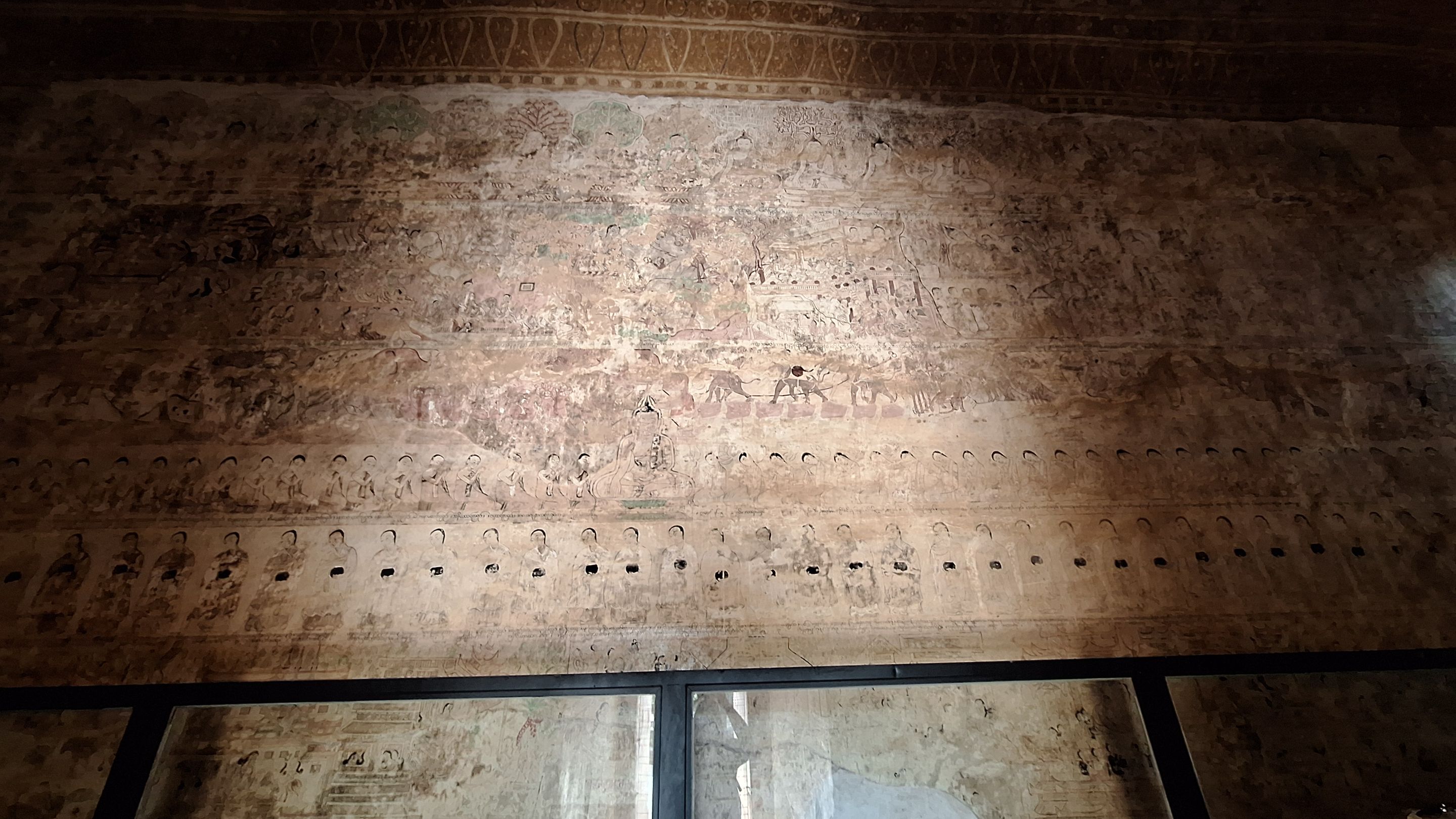
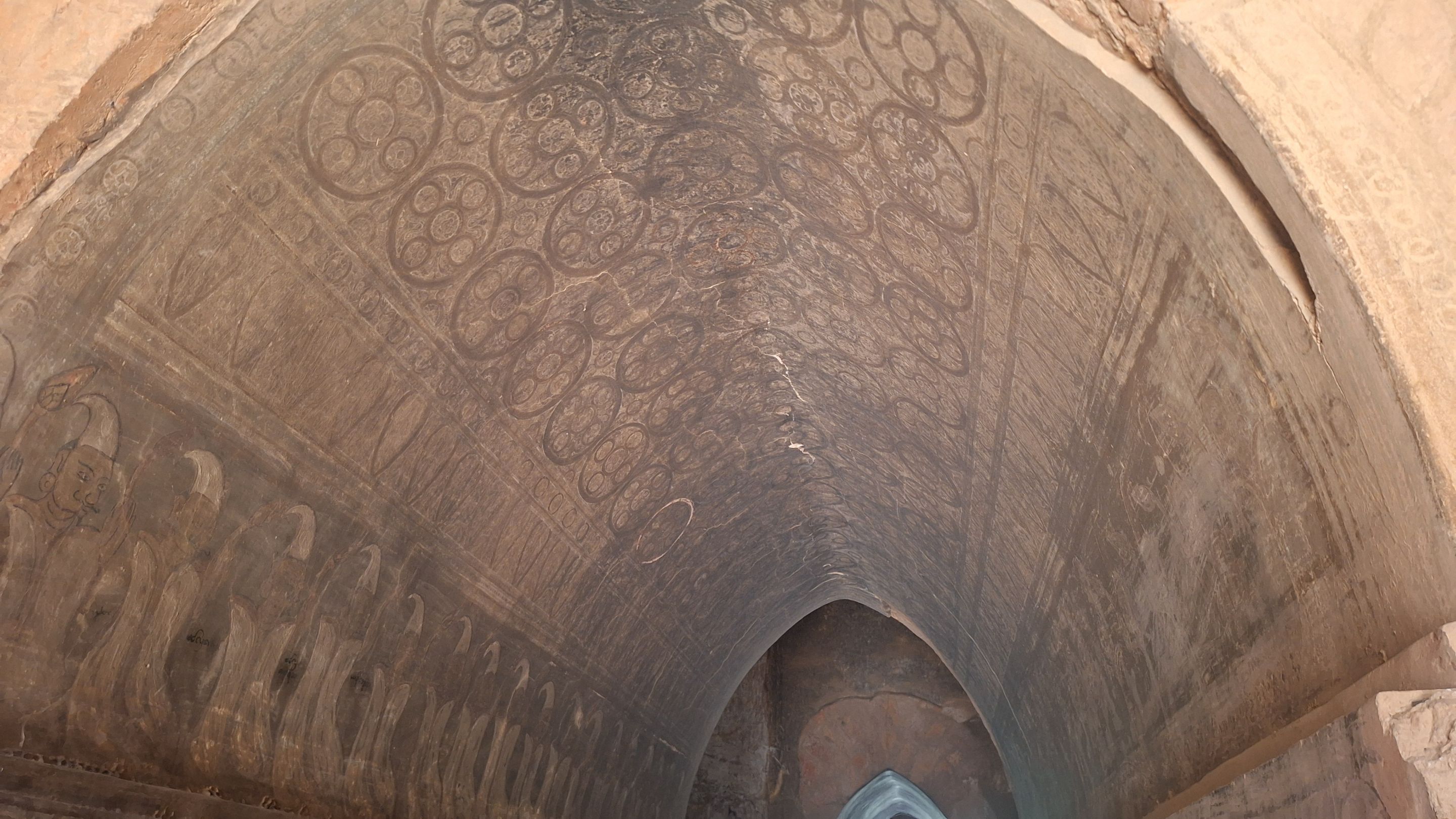
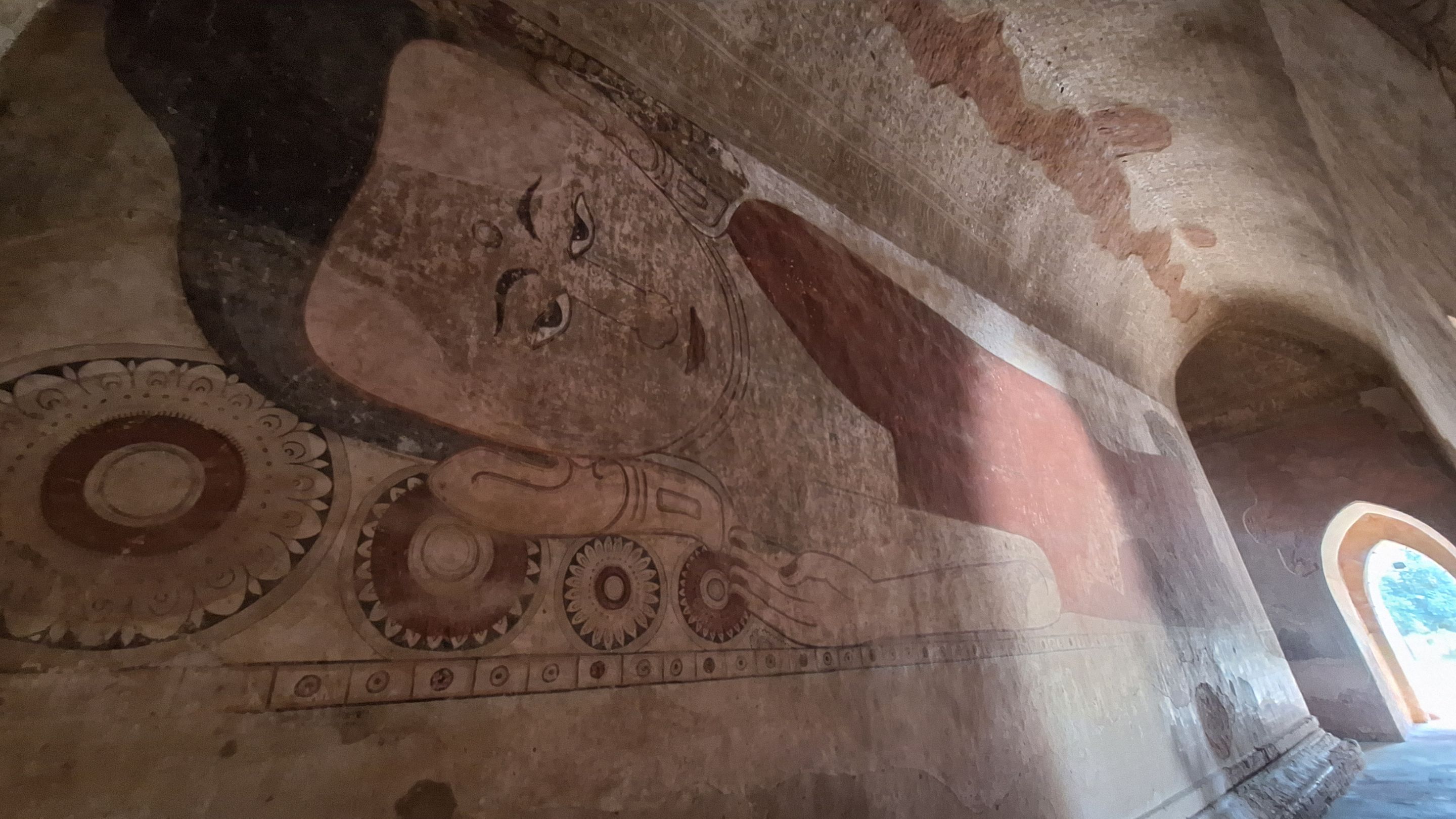
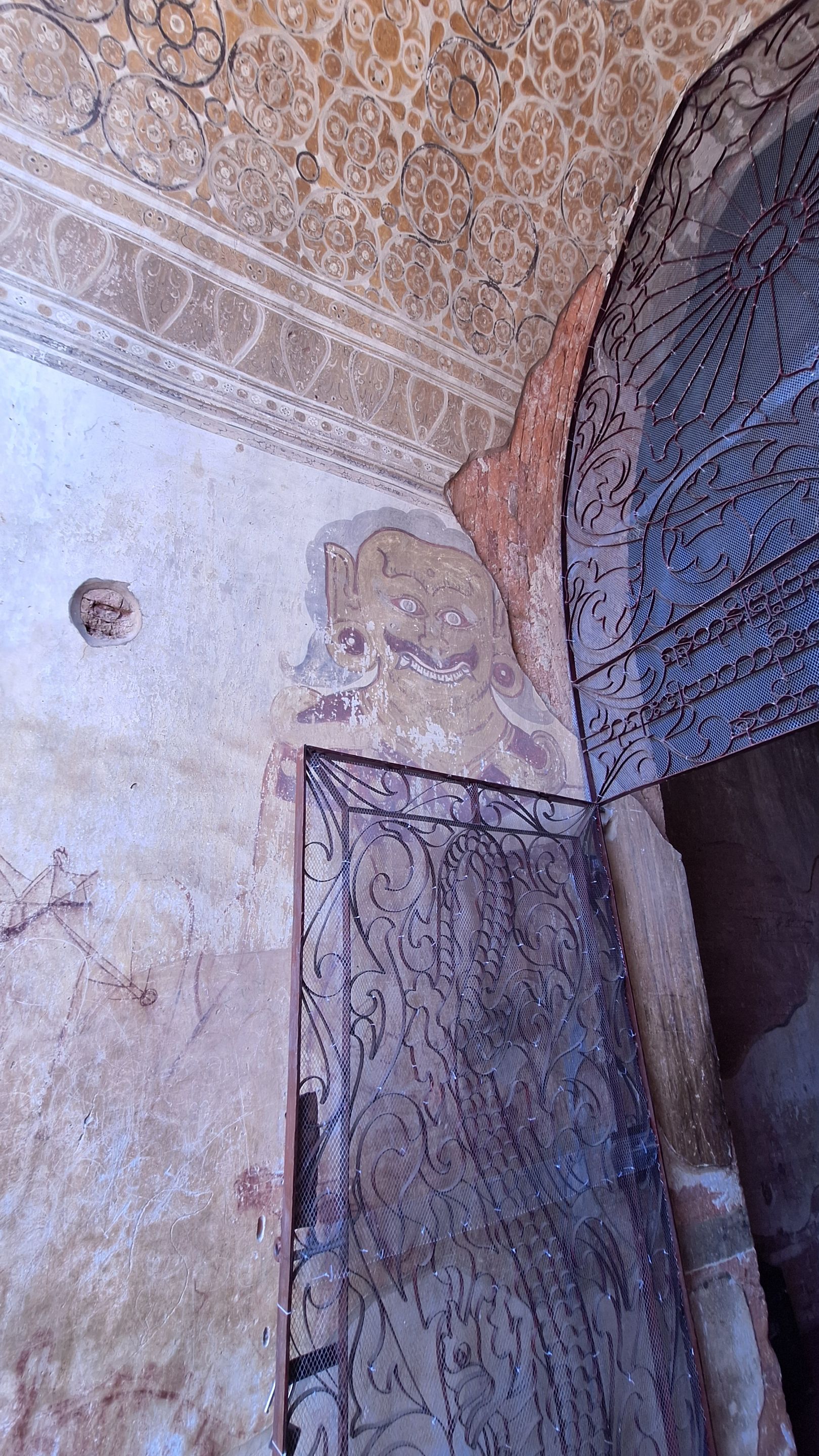
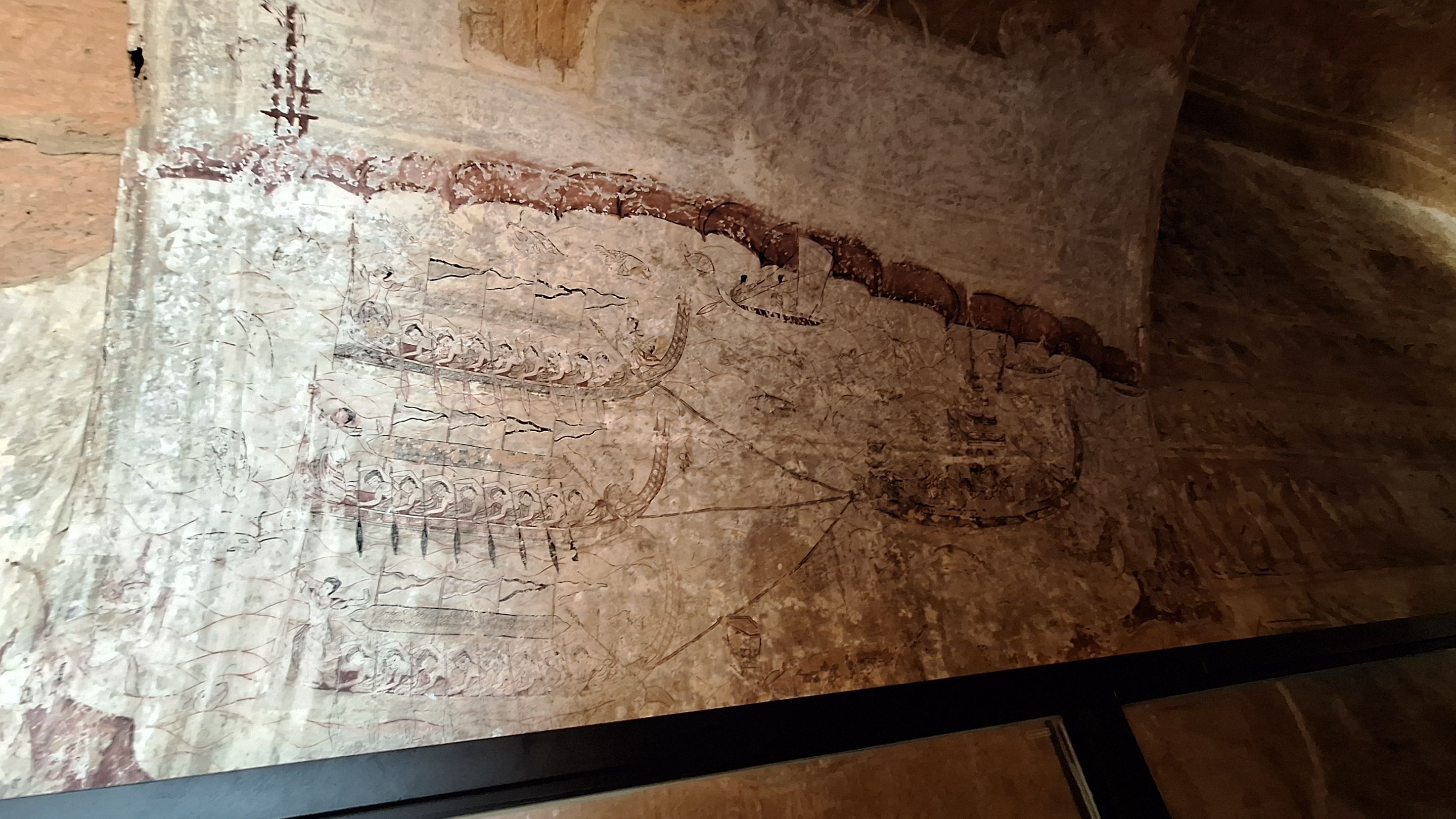
For example, the image of a demon or devil carve between the temple entrances suggests that demons and devils can only stand on the walls and can't enter. This signifies the sacredness of the temples they built, and that they dedicated solely to the worship of their god.
Inside, there will be only Buddha paintings. Some even believe that they originally statues and later transformed into paintings, thus representing a miracle. Furthermore, like the hieroglyphs in the Valley of the Kings, the Sulamani Temple also contains similar artifacts: stories and relics from a bygone era. These depict stories or calls to action for the Buddhist community in Burma.
Sights like this are found only in a few temples in Old Bagan; not all have them, and they are usually found in temples with significant roles. This is what sets them apart. It's an extraordinary and priceless experience.
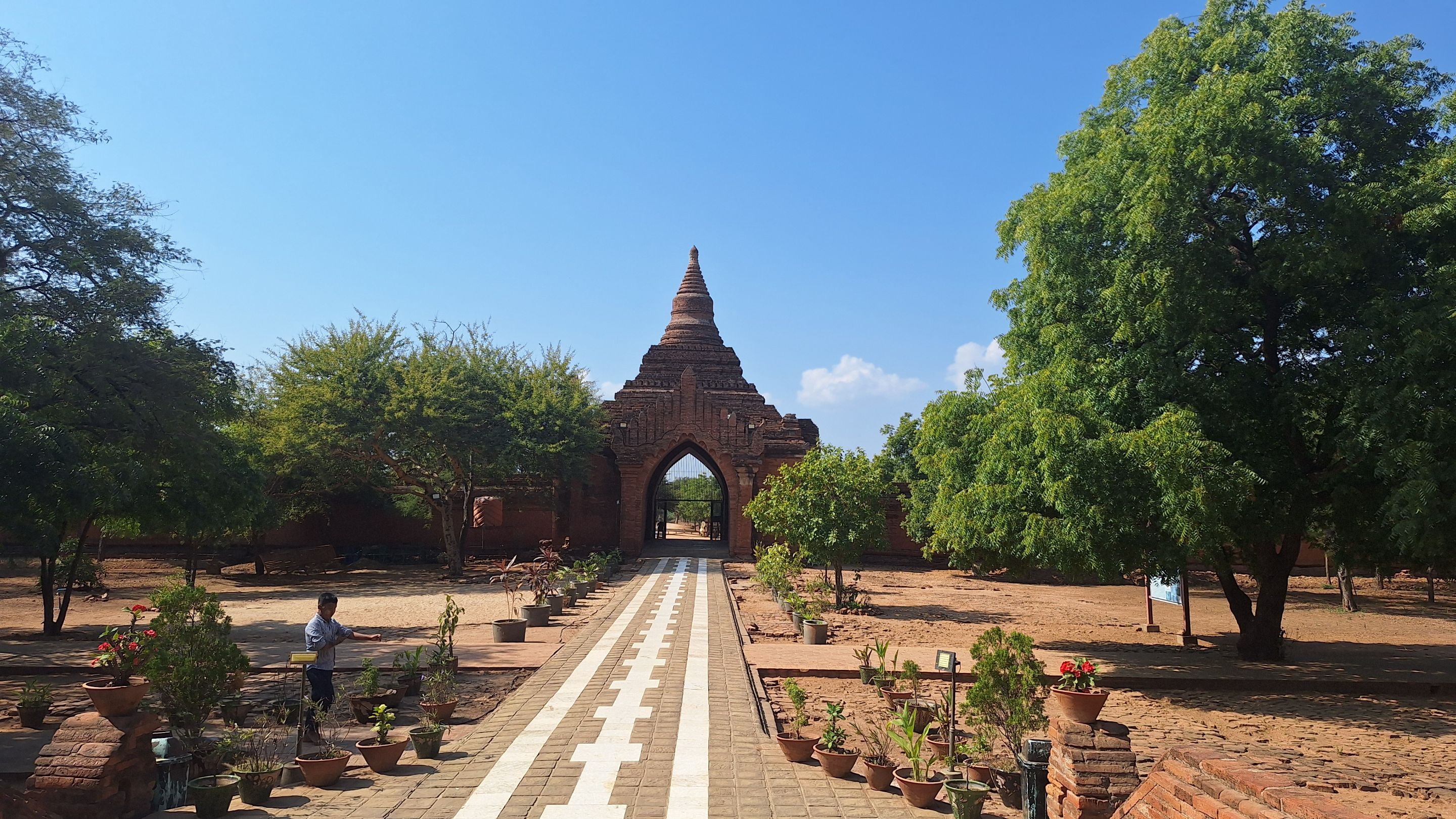
You'll have a truly memorable adventure here, even surpassing my rather shallow expectations. It turns out there aren't just over 1,000 pagodas, but also over 1,000 other unexpected experiences. I truly enjoyed exploring each temple in Old Bagan.